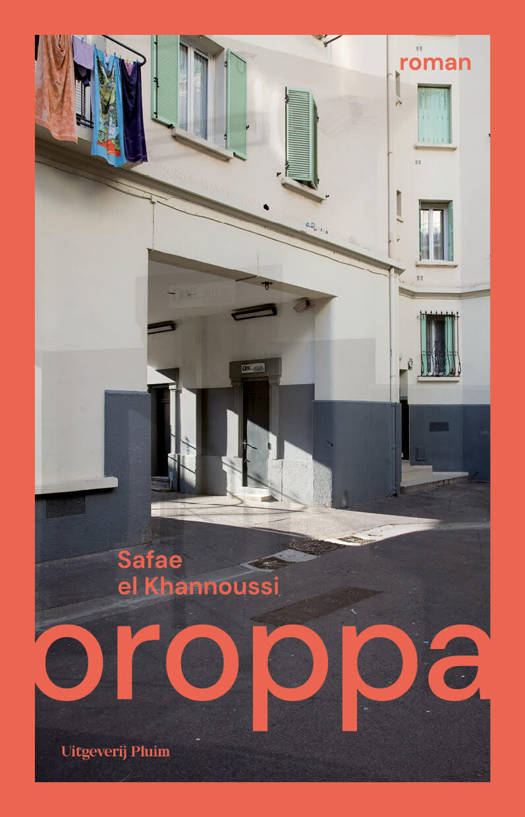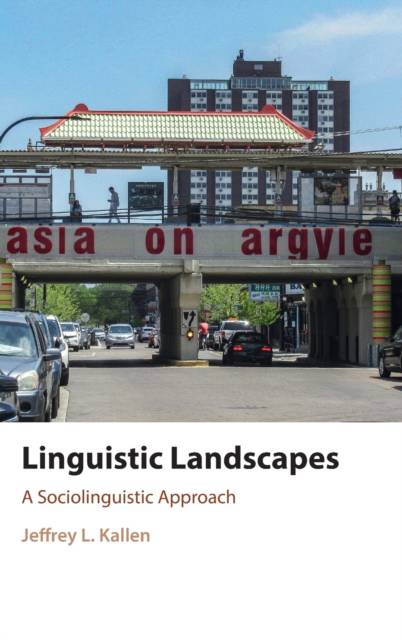
- Afhalen na 1 uur in een winkel met voorraad
- Gratis thuislevering in België vanaf € 30
- Ruim aanbod met 7 miljoen producten
- Afhalen na 1 uur in een winkel met voorraad
- Gratis thuislevering in België vanaf € 30
- Ruim aanbod met 7 miljoen producten
Zoeken
€ 194,95
+ 389 punten
Omschrijving
Visible language is widespread and familiar in everyday life. We find it in shop signs, advertising billboards, street and place name signs, commercial logos and slogans, and visual arts. The field of linguistic landscapes draws on insights from sociolinguistics, language policy and semiotics to show how these public forms of language relate to multiple issues in language policy, language rights, language and education, language and culture, and globalization. Stretching from the earliest stone inscriptions, to posters and street signs, and to today's electronic media, linguistic landscapes sit at the crossroads of language, society, geography, and visual communication. Written by one of the pioneers of the field, this is the first book-length synthesis of this exciting, rapidly-developing field. Using photographic evidence from across three continents, it demonstrates the methodology and approaches used, and summarises its findings and developments so far. It also seeks to answer common questions from its critics, and to suggest new directions for further study.
Specificaties
Betrokkenen
- Auteur(s):
- Uitgeverij:
Inhoud
- Aantal bladzijden:
- 378
- Taal:
- Engels
Eigenschappen
- Productcode (EAN):
- 9781107177543
- Verschijningsdatum:
- 22/06/2023
- Uitvoering:
- Hardcover
- Formaat:
- Genaaid
- Afmetingen:
- 152 mm x 229 mm
- Gewicht:
- 671 g

Alleen bij Standaard Boekhandel
+ 389 punten op je klantenkaart van Standaard Boekhandel
Beoordelingen
We publiceren alleen reviews die voldoen aan de voorwaarden voor reviews. Bekijk onze voorwaarden voor reviews.











